Partnerships between healthcare marketers and IT departments are more important than ever. Learn why — and how to strengthen them.
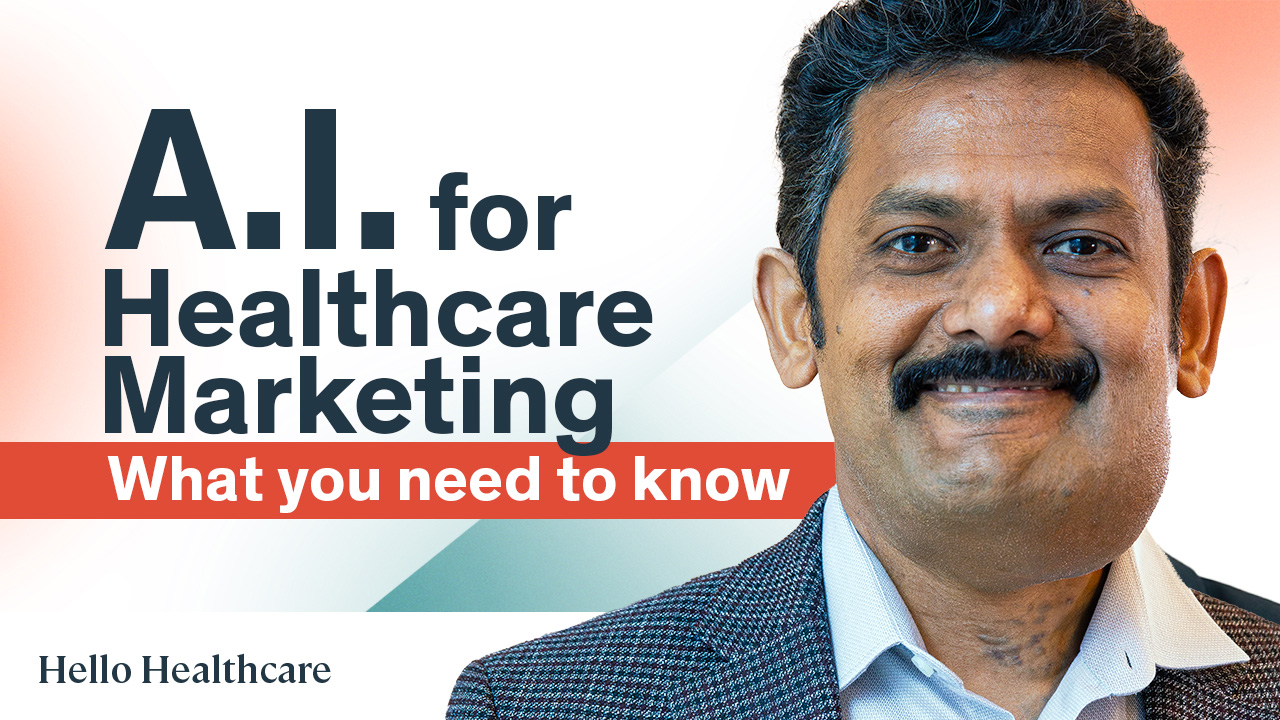
AI for Healthcare Marketing: What You Need to Know
Imagine understanding your patients’ needs better than ever, crafting personalized experiences, and optimizing campaigns with laser precision. That’s the power of AI in healthcare marketing.
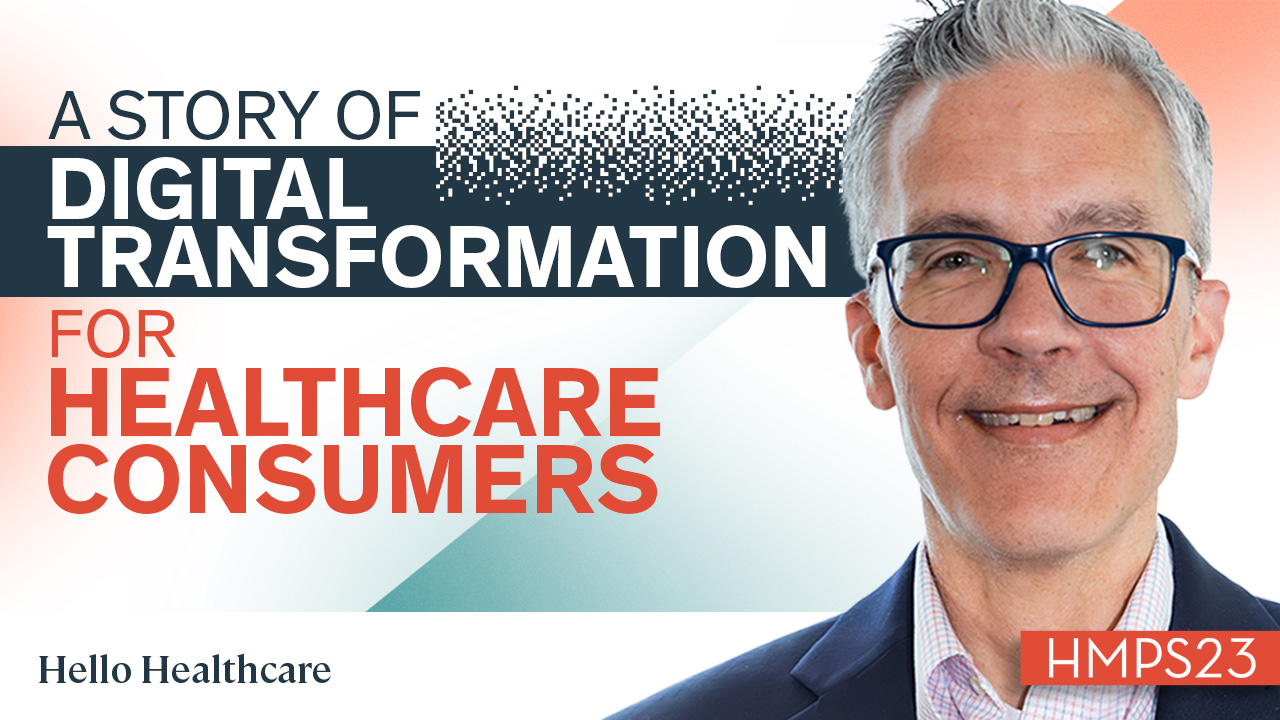
A Story of Digital Transformation for Healthcare Consumers
Digital transformation is accelerating in healthcare as marketers strive to meet consumers where they are and how they want to engage. Examine the impact.
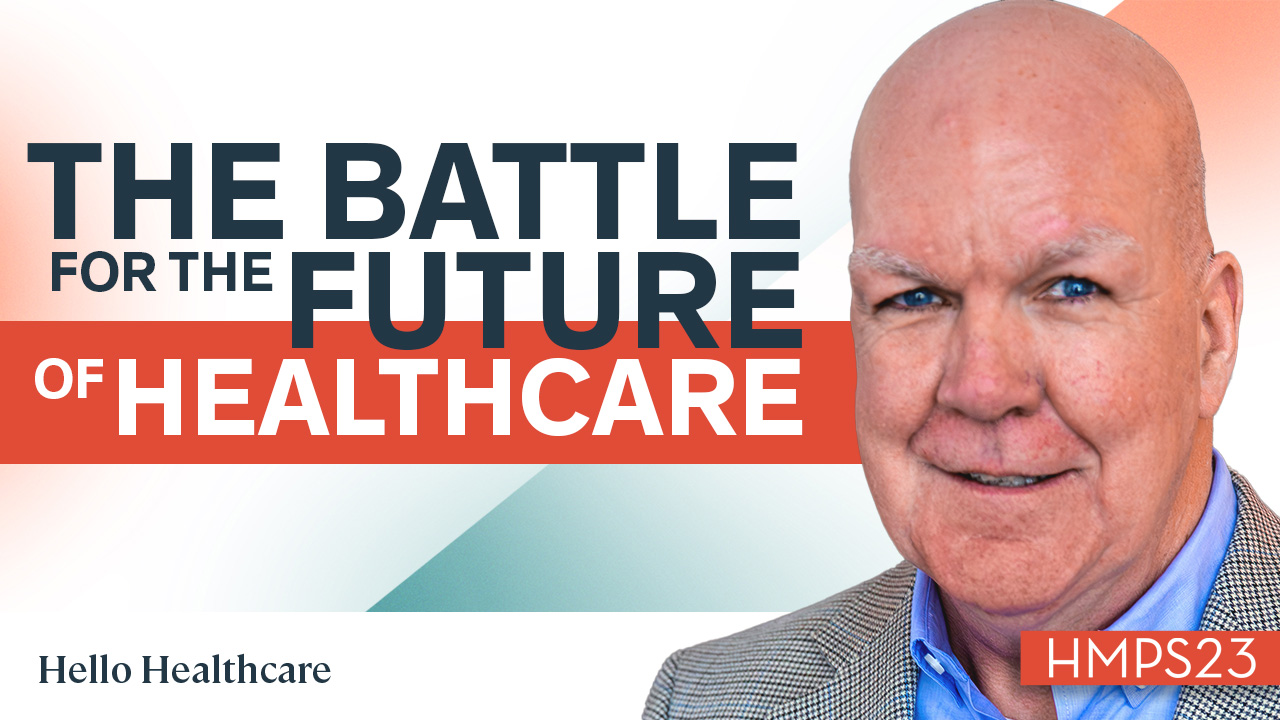
The Battle for the Future of Healthcare
What’s the future of healthcare as retail health providers and traditional health systems battle it out? Hear insights in a new podcast.
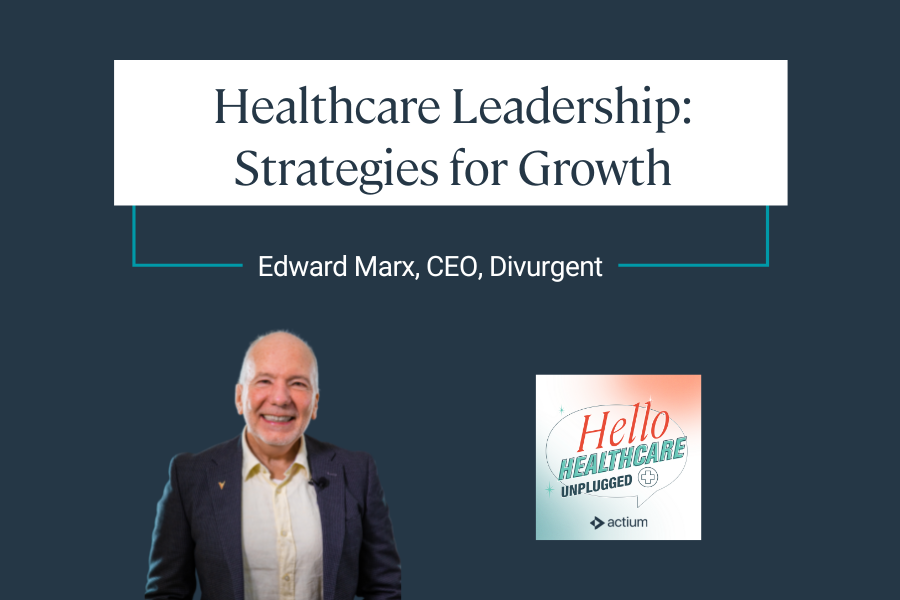
Healthcare Leadership: Strategies for Growth
What can healthcare professionals do to best prepare and drive their careers into leadership positions? Ed Marx and Chris Hemphill discuss strategies in this podcast.
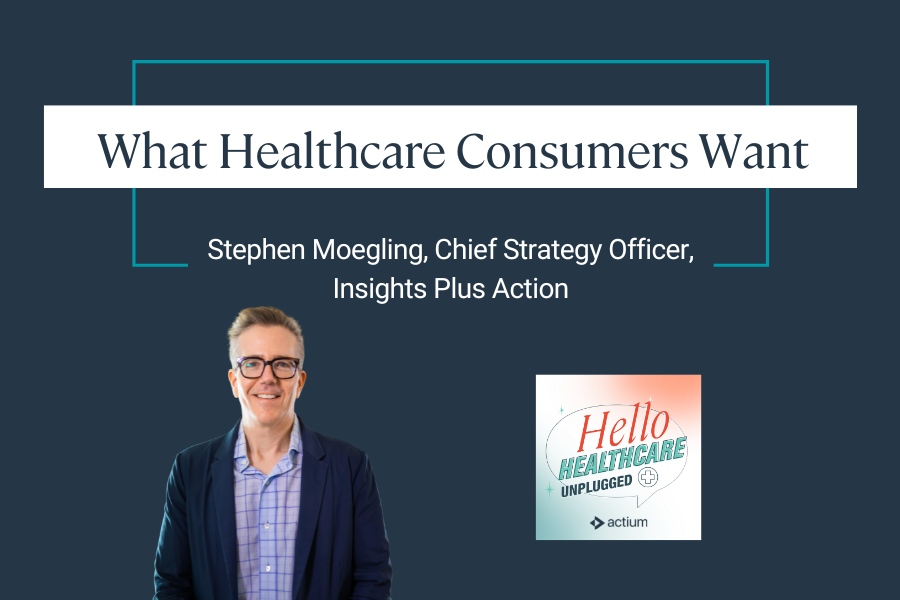
What Healthcare Consumers Want
Stephen Moegling and Chris Hemphill discuss strategies for engaging healthcare consumers with relevant, timely content that goes beyond traditional audience targeting.

What Healthcare Leaders Need to Know About AI
How can AI help drive new strategies and solve healthcare business challenges? Brian Gresh and Chris Hemphill discuss the opportunities in this new podcast.
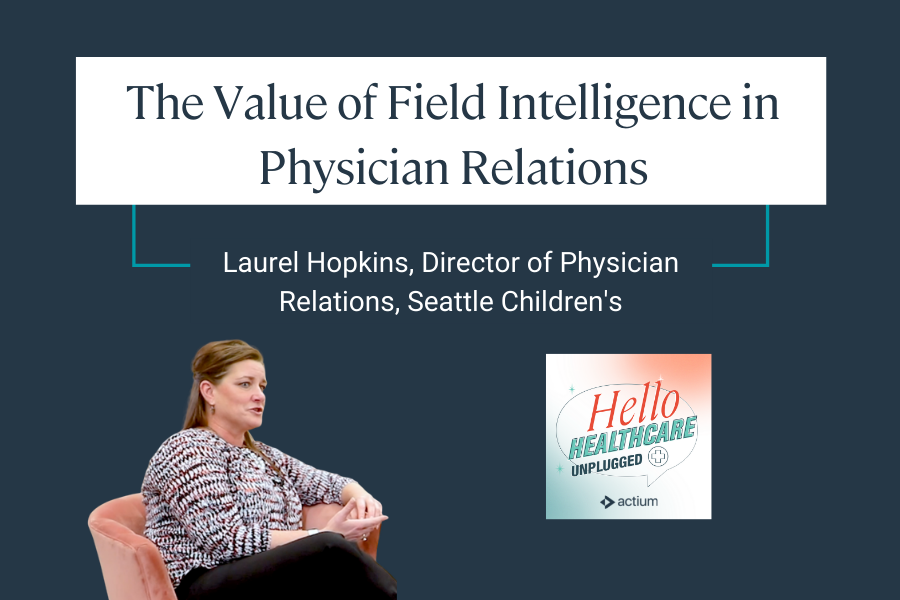
The Value of Field Intelligence in Physician Relations
The pressure is on for health systems to make up for business lost during the pandemic. Examine the opportunities for physician relations teams.
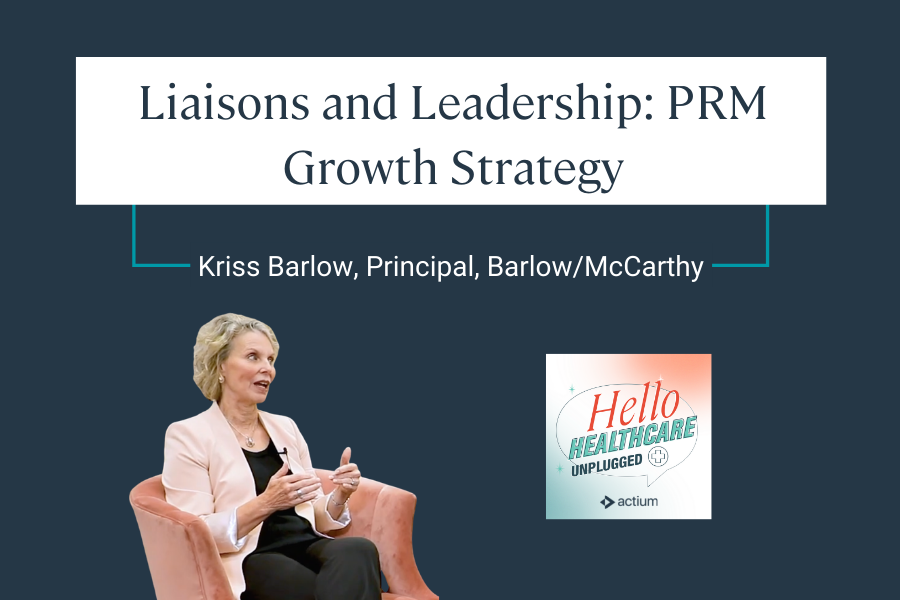
Liaisons and Leadership: PRM Growth Strategy
Physician engagement drives hospital performance and growth. Kriss Barlow shares strategies for moving physician relations forward.
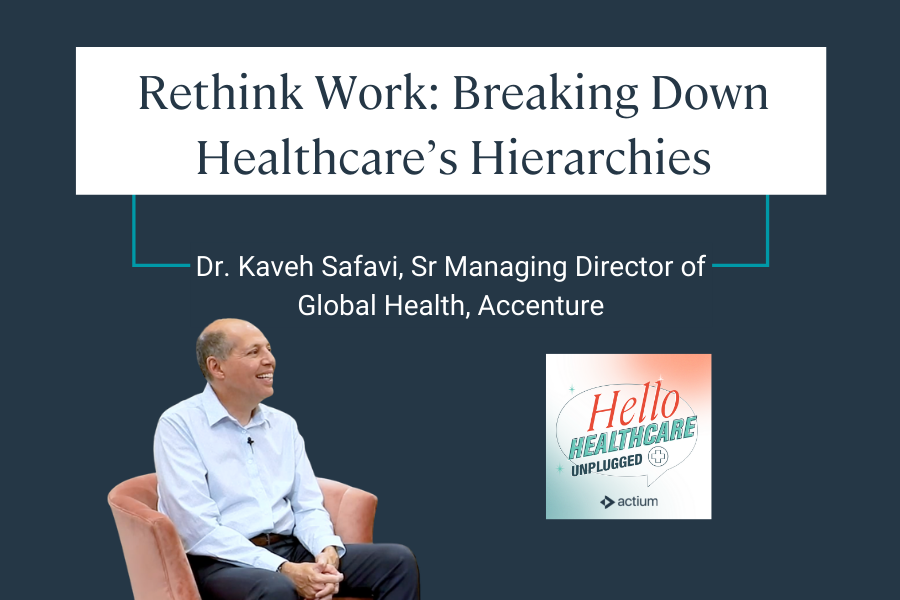
Rethink Work: Breaking Down Healthcare’s Hierarchies
The pandemic forced us to rethink the time and place of work. How are healthcare leaders responding, and what does the future hold?
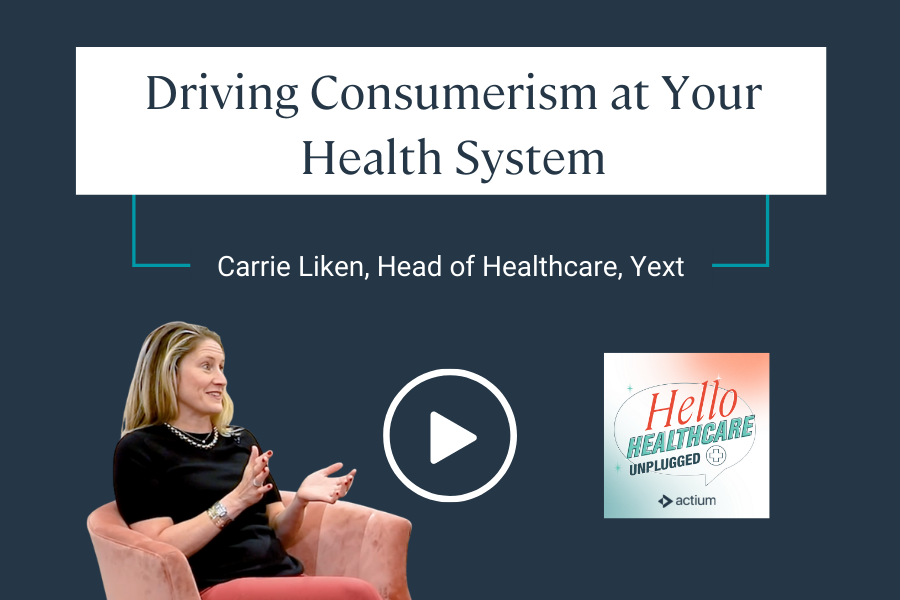
Driving Consumerism at Your Health System
Driving consumerism at health systems is fraught with challenges and conflicts. How can you navigate around these challenges? This interview offers advice.
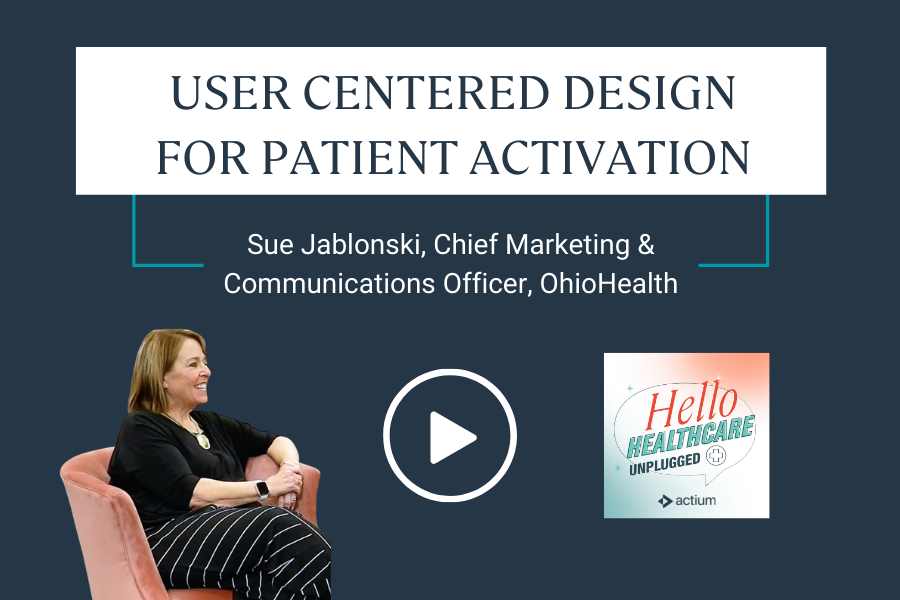
How OhioHealth Puts Patients at the Center
OhioHealth puts patients at the center of care with its user-centered experience design strategy. Hear how.
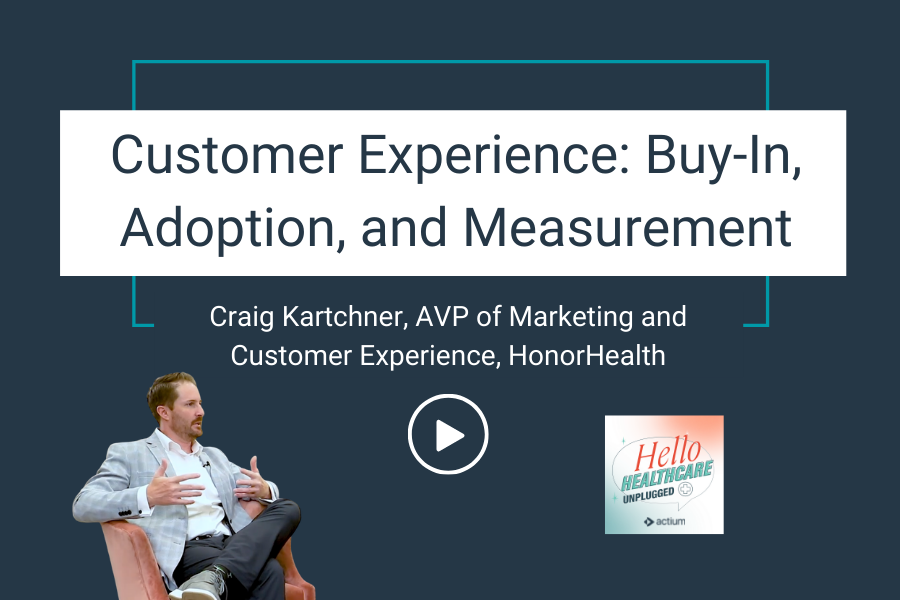
Customer Experience: Buy-In, Adoption, and Measurement
Customer experience has catapulted to the forefront of strategic leadership planning in healthcare. Hear how HonorHealth is responding.

Collaboration as a Force + Financial Multiplier for Service Lines
Marketing, physician relations, and strategy leaders at University of Utah Health are collaborating to create efficiencies, strengthen the organization’s culture, and facilitate exponential growth.

User-Centered Planning and Design: Capturing Heads, Hearts, and Hands
OhioHealth is embracing the evolution in healthcare by meeting patients where they are—and that increasingly means a virtual experience.

How to Innovate the Quality Improvement Process for Healthcare Marketing Professionals
When it comes to the healthcare customer experience, marketers, communicators, and digital strategists need to follow a quality improvement process similar to the one used for the clinical experience.

If You’re Not Already Obsessing Over Consumer Experience, Start Now
In today’s crowded and complicated landscape, it takes a lot for a healthcare organization to stand apart. Here are 5 lessons for making experience a priority.

Competing with Consumer-Centric Pros: A Different Question to Get to the Right Answer
To compete effectively with new, nontraditional market entrants, healthcare organizations need to shift their planning focus, asking “how is the customer doing” and finding solutions for consumer needs, rather than “how are we doing” relative to symmetrical competitors and benchmarked satisfaction scores.

Create a Portrait of the Healthcare Consumer with Unified Digital Strategies
Digital strategists across departments can work together to inform operational planning, build brand awareness, and more.

Marketing’s Important Role in Patient Experience
Healthcare marketers have the important role of making sure patient experience aligns with the organization’s brand and value proposition. Check out these 7 essential elements.


